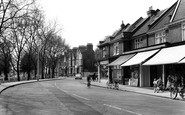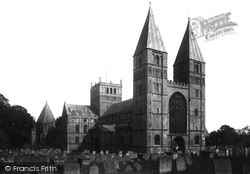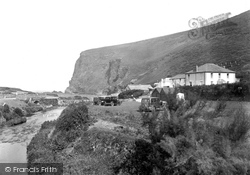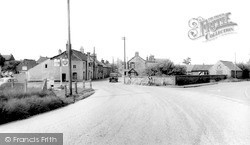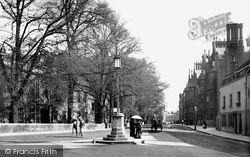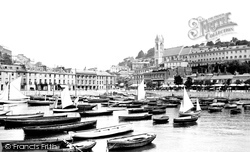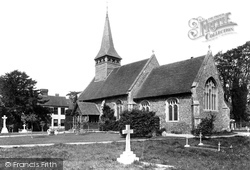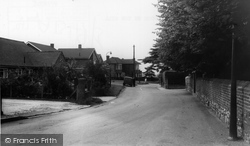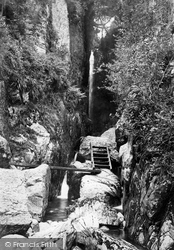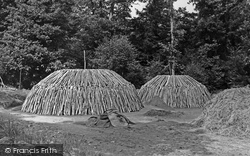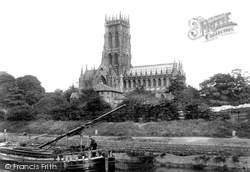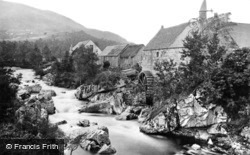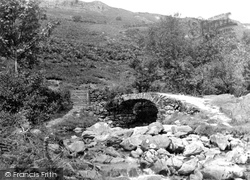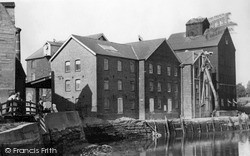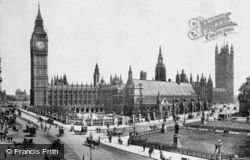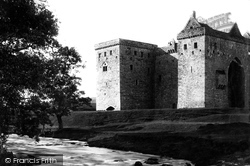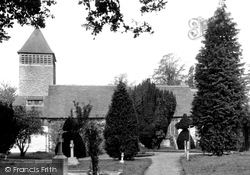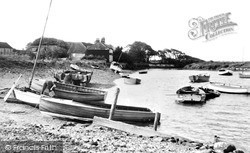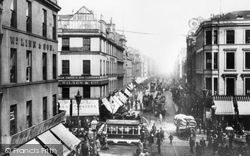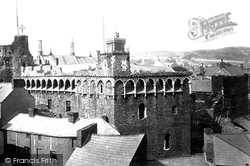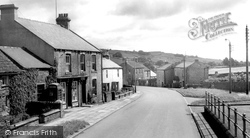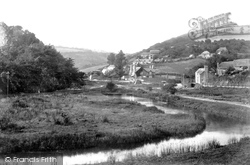Places
Sorry, no places were found that related to your search.
Photos
Sorry, no photos were found that related to your search.
Maps
39 maps found.
Books
Sorry, no books were found that related to your search.
Memories
779 memories found. Showing results 31 to 40.
A Little More About My Life In St Pauls Cray.
I used to live at Orchard Place, small terrace cottages on Main Road, St Pauls Cray. Previous to this as readers may recall I lived at the top of Chalk Pit Avenue in a semi-detached bungalow with my ...Read more
A memory of St Paul's Cray by
A Trip To The Blacksmith
I remember during the 1960's taking my pony to the blacksmith in Uppington,we lived at Eyton-on Severn then. We used to go along the cart tracks across the Beckamoors to Donnington, up past the Streffords farm to ...Read more
A memory of Uppington by
Abbotts Hall Chase Army Huts From 1946 1948
I was four years old when our family moved from Liverpool to squat in one of the army huts. I remember it very well, and the German prisoners of war who made such a fuss of us children. We had no ...Read more
A memory of Stanford-le-Hope in 1946 by
Abingdon St
I have fond memories of visiting our grandparents on our mother's side, who lived at number 8. We recited the "ABC" streets and I can remember Smythes the cake shop at the top of the street, where we bought Snowball cakes from. We also ...Read more
A memory of Sunderland in 1953 by
All Good Things Started At Boxford
I have very early memories of Boxford Primary School. The school teachers were Mr and Mrs Alderman, Mr taught the older children and Mrs the young infants. I attended both, I started in the infants ...Read more
A memory of Boxford in 1964 by
Always My Home.
Barnes was the place no matter what year I grew up there from 1951 born in Cleveland rd, I remember the pond freezing over and walking to the Island slipping and sliding on the ice...floating my boat.. with my dad..feeding the ducks on ...Read more
A memory of Barnes in 1962 by
An Old Mans Memories
I was born in 1922 in the village of Mundford. My Father was the village policeman. The village was then a self-contained society and provided all the necessities of life, including a doctor, blacksmith, carpenter and general ...Read more
A memory of Mundford in 1920 by
An Idyll Of A Place To Be Young.
I could not think of a better place to spend my early years than overlooking the old reservoir. My grandmother's timber cottage was one of eight built long ago, probably to house estate workers. Each cottage appeared ...Read more
A memory of Elstree by
An Idyllic Childhood
I enjoyed reading your piece Jane, I remember you so well. I lived at Newbold Revel, Stretton-Under-Fosse from 1953 - 1977, together with my siblings - Christopher, Angela and Nicholas O'Sullivan. We lived in a ...Read more
A memory of Stretton under Fosse by
An Idyllic Childhood
An Idyllic Childhood - a Memory of Stretton under Fosse. I enjoyed reading your piece Jane, I remember you so well. I lived at Newbold Revel, Stretton-Under-Fosse from 1953 - 1977, together with my siblings - ...Read more
A memory of Stretton under Fosse by
Captions
291 captions found. Showing results 73 to 96.
This superb minster church was founded before 956; the present church was started in 1108 by the Archbishop of York, and the west towers were completed by about 1150.
Specimens of 'Little Trees', a species of deep water coral so named because of its shape, are sometimes washed up on the beach at Crackington.
Further down the Thames are the Houses of Parliament - or rather, the Palace of Westminster. This replaced the old palace, which burned down in 1834.
The river Burn runs through the villages of South and North Creake too. The road at the centre of the picture leads to the ruins of Creake Abbey, which lies in a beautiful setting beside the stream.
At the junction of Common Road and Slough Road, two College schoolboys, one carrying a cricket bat over his right shoulder, are seen walking past the 'Burning Bush'.
Its west window was designed by the pre-Raphaelite artist Edward Burne-Jones.
The lovely timber porch was left relatively untouched, however; and a grave-slab from an earlier church has recently been discovered beneath the pews. The rectory burned down in the 1950s.
Firstly, the Shaa family, who owned land here, produced two Mayors of London. Secondly, a local farmer called Thomas Higbed was burned at the stake in 1555, on a charge of heresy.
High Sweden Bridge is a picturesque packhorse bridge over the Scandale Beck between High Pike and Snarker Pike (there is a Low Sweden Bridge lower down the valley).
Charcoal burning was one of the New Forest's earliest industries, though it is a rarer occurrence today. The charcoal produced had a multitude of uses, particularly in the smelting of iron.
St George's is considered to be one of Sir Gilbert Scott's finest designs, and was built in 1854-58 as a replacement for the original parish church which had been destroyed by fire.
Felsted had two watermills at the time of the Domesday survey, and it is likely that Felsted Mill and Hartford End Mill are on the same two sites.
The village of Braemar is situated on the banks of Cluny Burn.
High Sweden Bridge is a picturesque packhorse bridge over the Scandale Beck between High Pike and Snarker Pike (there is a Low Sweden Bridge lower down the valley).
The Mill stood to the south of Rochford on the tidal estuary of the River Roach. Many mills existed along the tidal arms of the sea fingering into Essex which provided easy transport by water.
This 'superb temple of legislation' in Tudor Gothic was built to replace the old medieval Palace which burned down in 1834.
This ‘superb temple of legislation’ in Tudor Gothic was built to replace the old medieval Palace which burned down in 1834.
Said to be a devotee of the black arts, he was abducted by his God-fearing tenants, rolled in a sheet of lead and taken to Ninestane Rig, a stone circle beyond Whitterhope Burn.
Visit the church at Yateley, and have a look at the glass in the 13th- century east window: it depicts Peter and John, and is the work of William Morris and the Pre-Raphaelite artist Sir Edward Burne-Jones
Here the Burn winds its way through lavender-covered salt marshes to the sea; here the sand dunes stretch away to Holkham in the east and Scolt Head island to the west.
THE ACT OF UNION in 1707 was bitterly reviled at the time, and even for many years afterwards - Robert Burns echoed popular sentiment when he dismissed the Scottish commissioners with the lines
What remains of the Castle buildings is now overshadowed by a glass, steel and concrete edifice to its rear.
When lead was discovered in Weardale, the mining rights were granted to the bishops of Durham; by the 13th century, mining, smelting and charcoal burning and so on were on a large scale for the period.
This is the lower reach of the old Liskeard and Looe Canal; it was still used occasionally at this date to carry sea sand and limestone for burning in the kilns at Sandplace.
Places (0)
Photos (0)
Memories (779)
Books (0)
Maps (39)



